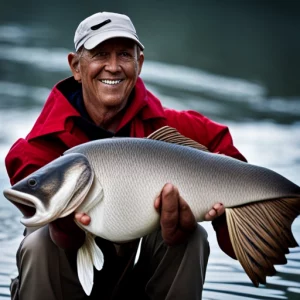 Tench – one of the most popular commercial fish that can be caught in almost any freshwater body of water. As for its attractiveness to fishermen, tench is not inferior to more prestigious species, such as carp. To catch tench, you need to know what this fish bites on, the most favorable time for fishing, and how to choose the right bait.
Tench – one of the most popular commercial fish that can be caught in almost any freshwater body of water. As for its attractiveness to fishermen, tench is not inferior to more prestigious species, such as carp. To catch tench, you need to know what this fish bites on, the most favorable time for fishing, and how to choose the right bait.What does tench bite on?
Tench is a fish that feeds on both plant and animal foods. The main food of tench includes various algae, such as grass, aquatic plants, as well as insects and their larvae, mollusks, worms, and even small fish. When choosing bait for tench, it is important to consider that it should correspond to the natural food preferences of this fish. Popular baits can be corn, wheat, semolina, Canadian oats, as well as various mixtures with bran and other additives. A well-proven bait is bread mixed with honey and breadcrumbs, as well as a raw vegetable mixture.
Favorable time for tench fishing
The time of year is not as important for tench fishing as its behavior. The best time for fishing is in the morning and evening when tench are most active. In summer, daytime fishing can also be favorable if the weather is not too hot. In winter, tench often sleeps at the bottom, so it is most effective to catch it in warm water, for example, in the nearest area to the freshwater body’s outlet.
Interesting factThe maximum weight that tench can reach is over 50 kilograms. According to the Guinness Book of Records, the largest tench was caught in Canada in 1997 and weighed 39.91 kg.
Tench fishing. The best period for fishing
The most active feeding period for tench is late spring to early autumn, the entire period of warm water when the water temperature warms up to 18-20 degrees Celsius, which falls from mid-May to the end of September. During this time, the chance of catching tench is the highest.
Fishing methods
Tench actively feeds at night and in the morning when the water temperature is most comfortable for it. During this period, it can feed on algae, mollusks, insects, and other fish. Tench mainly stays near the bottom of the water body, near bushes, submerged trees, rocks, and other natural objects.
For tench fishing, it is recommended to use bait made from natural components such as worms, corn, bran, and others. Tench can be cautious and distrustful of unfamiliar objects in the water, so it is important to follow the rules of quiet fishing and use bait to attract fish to the fishing spot.
Tench feeding
Tench primarily feeds on phyto- and zooplankton, microalgae, and small aquatic organisms in the water body. It can change its diet according to age: young individuals prefer zooplankton, while adults consume phytoplankton.
Tench extracts plankton briquettes from the water using its filtering apparatus. To catch them, it is best to use bait located closer to the technoplankton briquette, as tench self-hooks during suction.
Best time for fishing
The most active tench biting is observed in warm, clear water and calm weather. In such conditions, your technoplankton is most attractive to tench.
It is not worth using common fishing baits, such as animal or plant baits, as tench does not react to them. Hooks should be brought as close as possible to the technoplankton briquette because tench self-hooks during suction, and the sharpness of the hook is crucial.
Now, knowing the peculiarities of tench feeding and habits, you are ready for successful fishing for this interesting fish.
What is the best time of year to catch tench?
Tench fishing has its subtleties to consider. For example, it is not advisable to go hunting for the “freshwater whale” until the water temperature rises to 20 degrees Celsius, which usually happens in late spring or summer.
Therefore, the best time for fishing is May, June, August, and September. It is most effective to catch tench in the morning and daytime hours, as in the evening, the fish becomes less active and apathetic after feeding on a hot summer day.
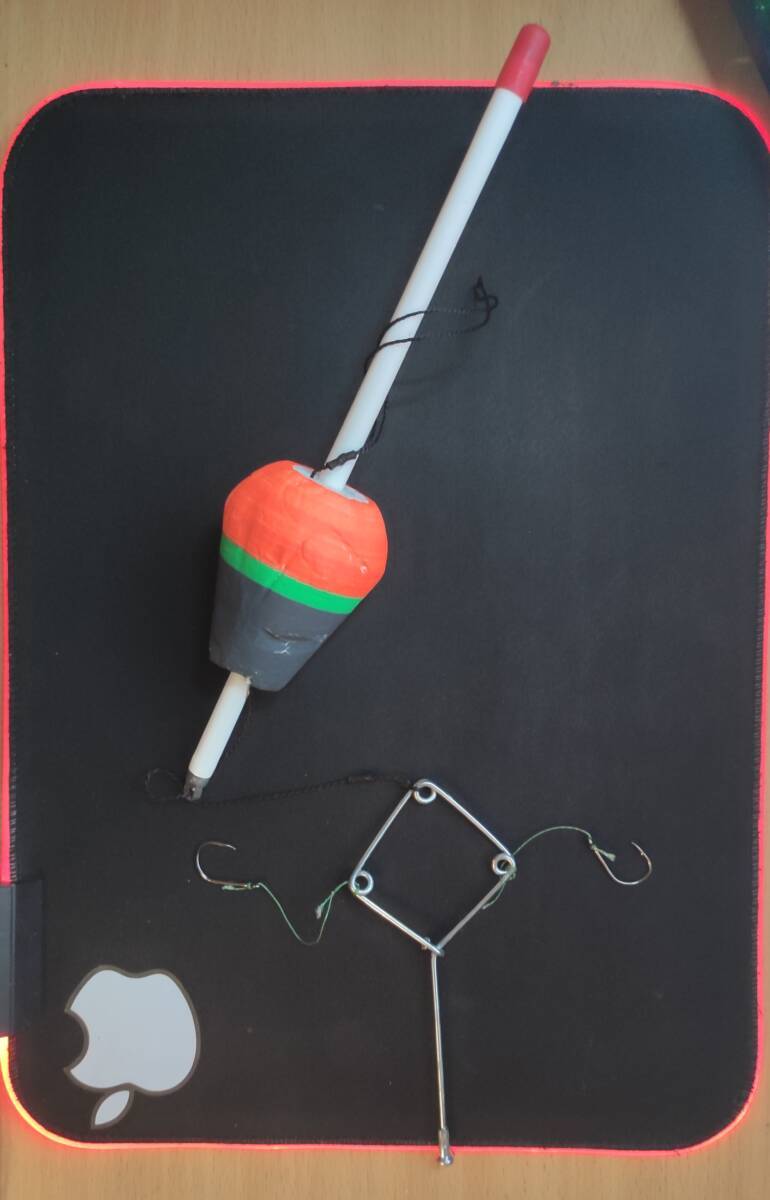
Interestingly, weather conditions almost do not affect tench biting, except for sharp changes in atmospheric pressure. Predicting the biting of this fish is difficult even for professionals because it depends on the mood of the fish.
How to catch tench and what to pay attention to
Catching tench is similar to catfish fishing with a shore rig: baiting and attracting fish work for several hours, so you should not change them too often. To catch tench, you need to cast the rig at a distance of at least 20-30 meters from the shore, where the fish is most active. While waiting for the bite, it is not worth wasting time in vain; you can catch other active fish such as carp, crucian carp, roach, white amur, tench, and others using standard fishing methods.
You have many options for baiting, such as heavily boiled peas, fortified with breadcrumbs, or a “sandwich” made from a slice of cucumber, a couple of leaves of clover, and nettle. You can also use ready-made baits specifically designed for large fish. Bait should only be applied at the casting location, and do not forget about the correct bait, such as peas and corn.
So, getting acquainted with the technique of catching tench can be an interesting and successful pastime for any angler.
Цікаві товари для рибалки
-
 Waterproof Rod Case 123×34 cm
Waterproof Rod Case 123×34 cm -
 Tourist backpack for hiking 90 l. green and black
Tourist backpack for hiking 90 l. green and black -
 MATEIN Fishing Backpack with Thermal Storage and Rod Straps (Fits 4 × 3600 Trays)
MATEIN Fishing Backpack with Thermal Storage and Rod Straps (Fits 4 × 3600 Trays) -
 Laser level with cross beams and tape measure 2.5 m
Laser level with cross beams and tape measure 2.5 m -
 Waterproof non-slip capes for inflated 42-45
Waterproof non-slip capes for inflated 42-45 -
 Multifunctional Fishing Backpack with Dual Shoulder Straps. Khaki Color
Multifunctional Fishing Backpack with Dual Shoulder Straps. Khaki Color -
 Fishing garden 50×40 cm with rope and loops
Fishing garden 50×40 cm with rope and loops -
 A black fishing backpack is a mobile solution for a fisherman
A black fishing backpack is a mobile solution for a fisherman
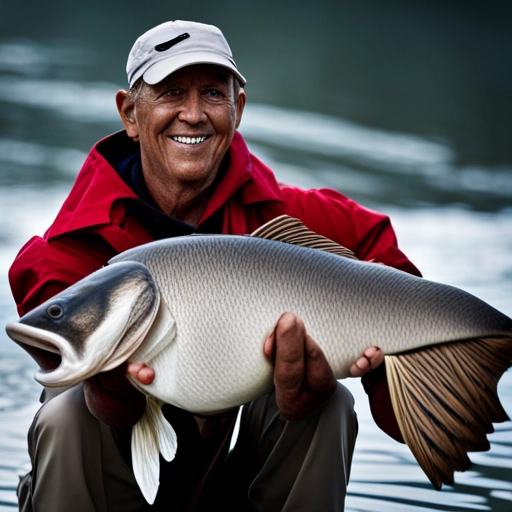
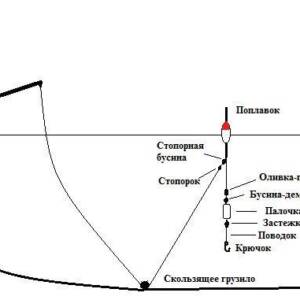

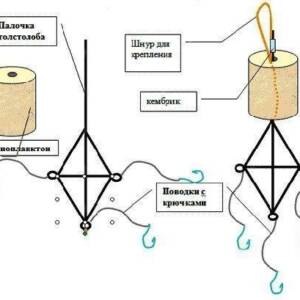
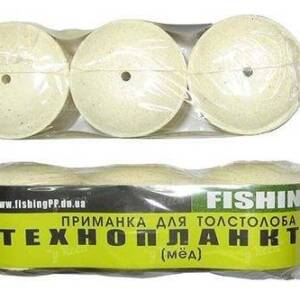

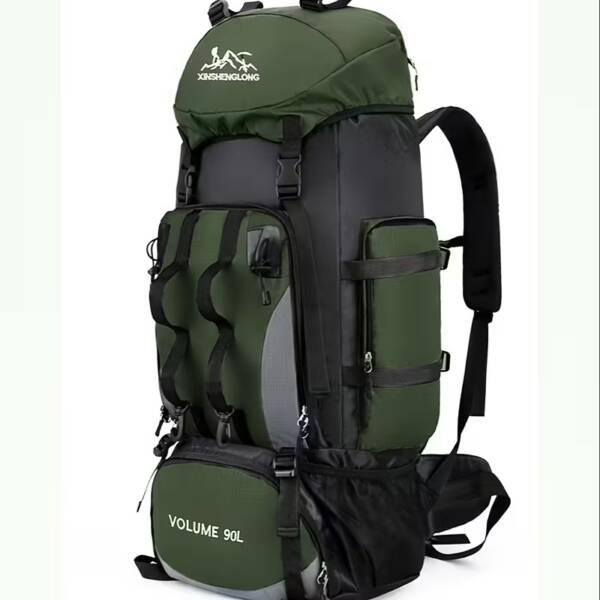


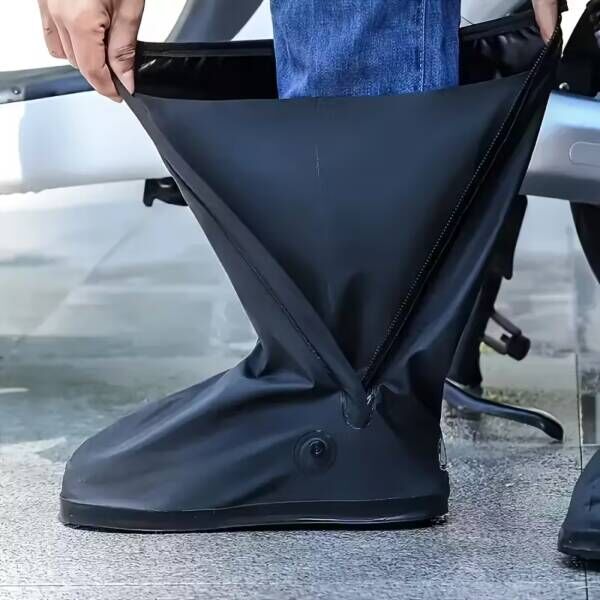
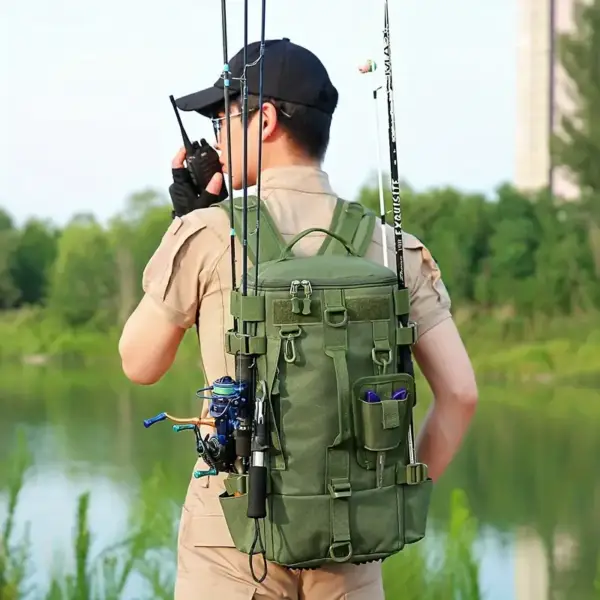


Leave a Comment
Your email address will not be published. Required fields are marked *